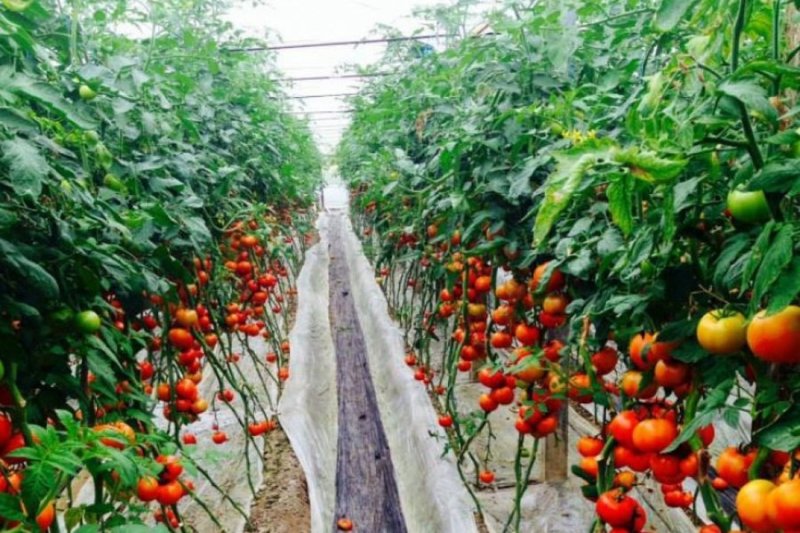Agriculture Least Financed Sector in 2025 Budget
Agriculture is the sector that makes the largest contribution to the country's economy and has the largest number of employees. But despite this, it remains the least financed sector.
In the draft budget 2025, which has started discussions in the parliamentary committees, only Lek 14.6 billion will be provided for the agriculture sector, with an increase of Lek 673 million or 4.8% compared to 2024.
An almost negligible increase, in the face of two facts: the strong crisis that has engulfed the sector and the lack of funds from the IPARD program, which is granted by the European Union and has been suspended since 2023 due to suspicions of abuses, A2 CNN reported on Tuesday.
Next year, an amount of Lek 7.2 billion, or about Euro 72 million will be provided as support for farmers and breeders. With a slight increase compared to 2024, which is amortized by the contraction of external financing, which makes the real support almost the same in these two years.
The weight of agriculture in the economy has been shrinking over the years. However, this sector still makes the highest contribution, reaching 16.2% of the Gross Domestic Product, as it employs 33% of the total workforce in the country. While it benefits from only 1% of the total bank loan, being underfinanced, it is considered a business exposed to many risks, such as floods or hail that damages production.
Agriculture has already entered a downward cycle, influenced on the one hand by the reduction of the rural population from internal and external emigration and the lack of state subsidies, on the other hand, which have worsened the climate in the sector, especially in livestock.
Last year, production in the agricultural sector decreased by 0.69%. This happened at a time when the economy grew by 3.5%, which proves that the sector has already been left in free fall.
In Albania, the agricultural sector has long played a pivotal role in driving employment and economic growth. Currently, the sector constitutes nearly 20% of GDP – almost three times higher than the regional average for Western Balkan countries – and is a key source of employment, providing jobs for over 40% of the population. At 11.3%, agricultural and food products also represent a sizable share of total exports.













